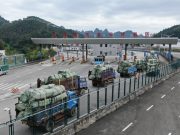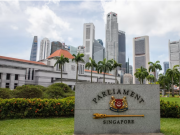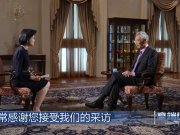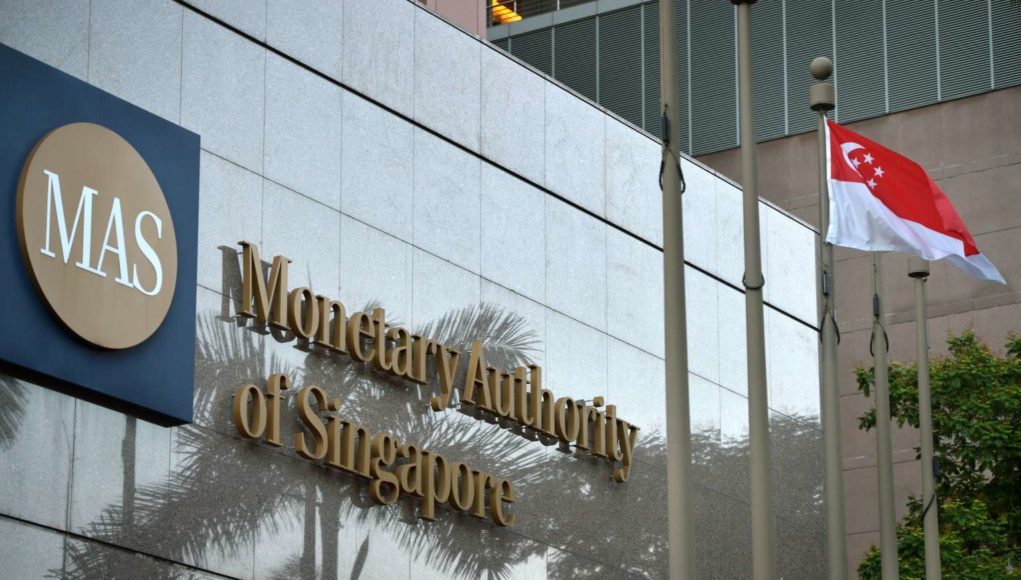(Singapore Aug 3, 2023)Since the Monetary Authority of Singapore is focused purely on keeping inflation low, it does not take into account any potential impact on MAS’s profits, Mr Alvin Tan, Minister of State, Ministry of Trade and Industry and Ministry of Culture, Community and Youth, and Board member of MAS, has said.
He made the comment yesterday while answering several parliamentary questions on implications of strong Singapore Dollar on MAS’ losses.
“This is similar to how other major central banks conduct monetary policy. Many of them have also reported losses arising from their monetary policy operations,” he said, noting that to consider MAS’s profit would undermine its mission.
Early last month, MAS, Singapore’s central bank, recorded a net loss of S$30.8 billion (US$22.8 billion) in the financial year that ended March 31, its largest ever, widening from S$7.4 billion in the year before that.
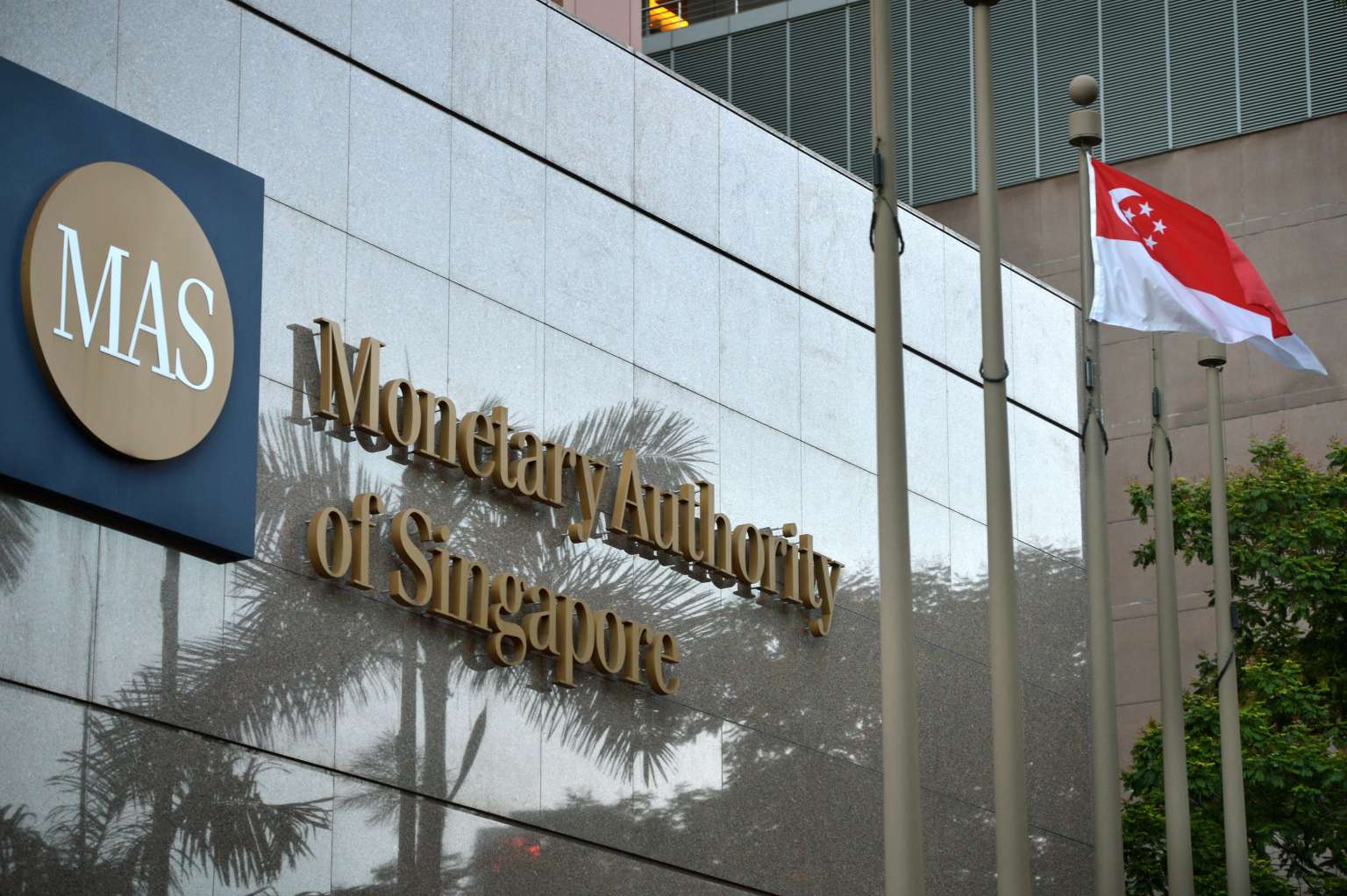
Tan said about 70% of the net loss was due to the negative currency translation effects of a stronger Singapore Dollar.
“The negative currency translation effects arise because the Official Foreign Reserves (OFR) are held in foreign currencies but reported in Singapore Dollars. A stronger Singapore Dollar will therefore result in a lower value for the OFR when expressed in Singapore Dollar terms,” he said.
“This currency translation effect does not have any bearing on the external purchasing power of the OFR or on MAS’ ability to conduct monetary policy.”
He said the remaining 30% of the net loss was due to net interest expenses from MAS’s money market operations to mop up excess liquidity in the banking system.
The net interest expense incurred on MAS’s money market operations to mop up excess liquidity in the banking system was unusually large in the last FY due to two factors: the large volume of operations and high interest rates, he said.
“The high volume of money market operations was necessitated by MAS’s interventions in the foreign exchange market to moderate the appreciation of the Singapore Dollar.”
As MAS explained earlier, had it not done this, the Singapore Dollar would have been too strong and hurt the economy. While this currency intervention added substantially to our OFR, it created excess Singapore Dollar liquidity in the domestic banking system which MAS had to remove and incur an interest expense in the process, he said.
He explained that the appreciation of the Singapore Dollar last year reflected the outcome of MAS’s tighter monetary policy to dampen inflation.
Between May 2022 and June 2023, Singapore’s import price index had fallen by some 14%. This decline in import prices has in turn contributed to lower domestic inflation. On a month-on-month seasonally adjusted annualised basis, MAS Core Inflation fell from its peak of position.
“MAS’s overarching mandate is to ensure macro-economic stability… MAS’ monetary policy has helped to deliver broad macroeconomic stability for over four decades, as the basis for sustained economic growth and increases in real incomes for Singaporeans,” he said.





